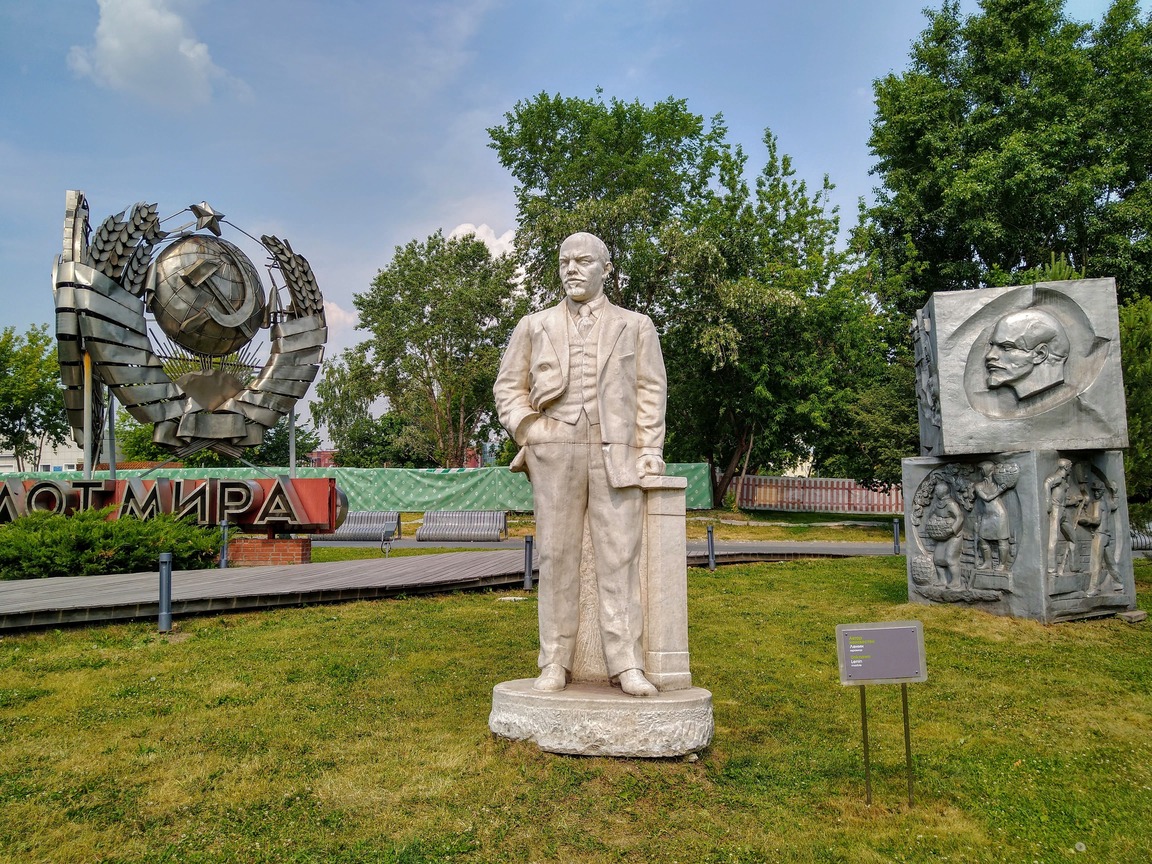
We get it. You’ve walked past the same statues, monuments and signs more times than you can count and have never paid attention to them. So, what does it matter who or what they represent?
Even if they go unremarked, monuments, including place names, are important as the individuals or events chosen for memorialisation reflect the values that a society is trying to communicate about themselves and what they consider to be important. Similarly, such monuments are a form of historical memory that helps to create a shared past and perception of unity, organising a society’s view of the past. This shared memory is necessarily selective but can be an important step for new societies that are still undergoing nation-building and development of their political community.
Monuments, as symbols, help to structure meaning and to simplify complex ideas. These meanings and ideas are then ingrained in popular culture and consciousness. The central role of these symbols and monuments in society and public consciousness means that they are fundamental to political systems, as often seen by the crucial role they play in regime change.
Most of our memorial landscapes have been constructed by the elites of society – those with power and wealth to influence decision-making or marshal public support for their creation. In this way they can therefore influence the narratives and values that are reflected by these monuments. But memorialisation is also a process, and a monument’s meaning is not set in stone at the time of its creation. It changes as social interests and ideologies change, and memories are altered. These changes can be influenced from the bottom-up, as we have seen through protests all over the world in recent years.
Monuments express a particular version of history, suggesting what is socially defined as memorable and significant, and casting legitimacy on that version. Memorials therefore have a kind of normative power. As well as creating shared memory, this normative power is also used as part of the process of forgetting, selectively hiding parts of history. Particularly those of women and minority groups.
The choice of what monuments to keep, remove or change is therefore as much a communication of collective memory and political ideology as their creation in the first place. The removal of monuments or creation of new ones reflects a society’s desire to redefine its identity.
The nineteenth century was a time of intense monument creation, resulting in large numbers of public statues scattered throughout the cities and towns of Britain and its colonial territories and dominions. Many of our memorial landscapes are therefore reflections of nineteenth century values. The two World Wars in the twentieth century have also resulted in a large number of monuments. But Australia has changed significantly since the 1940s. Women, migrants and Aboriginal and Torres Strait Islander people have played an increasing role in public life. We have moved away from our historical ties with Britain and closer to Asia. Nearly half of us were born overseas or have a parent born overseas. And the concept of ‘terra nullius’, represented by our many statues of colonial figures and explorers, was overturned in the 1992 Mabo decision.
Our monumental landscape is no longer reflective of our society. As we grow and become a more diverse society, we need to continue to reflect on the way we present ourselves via our monuments. A more representative monumental landscape that includes women and other diverse groups shows that their achievements are worthy of celebration, and that their voices are valued.
We often hear that removing or changing monuments is akin to erasing history. But our current monuments are themselves erasing the histories of the many diverse people who helped build our nation. Let’s change that and start giving everyone a chance at the recognition they deserve.
